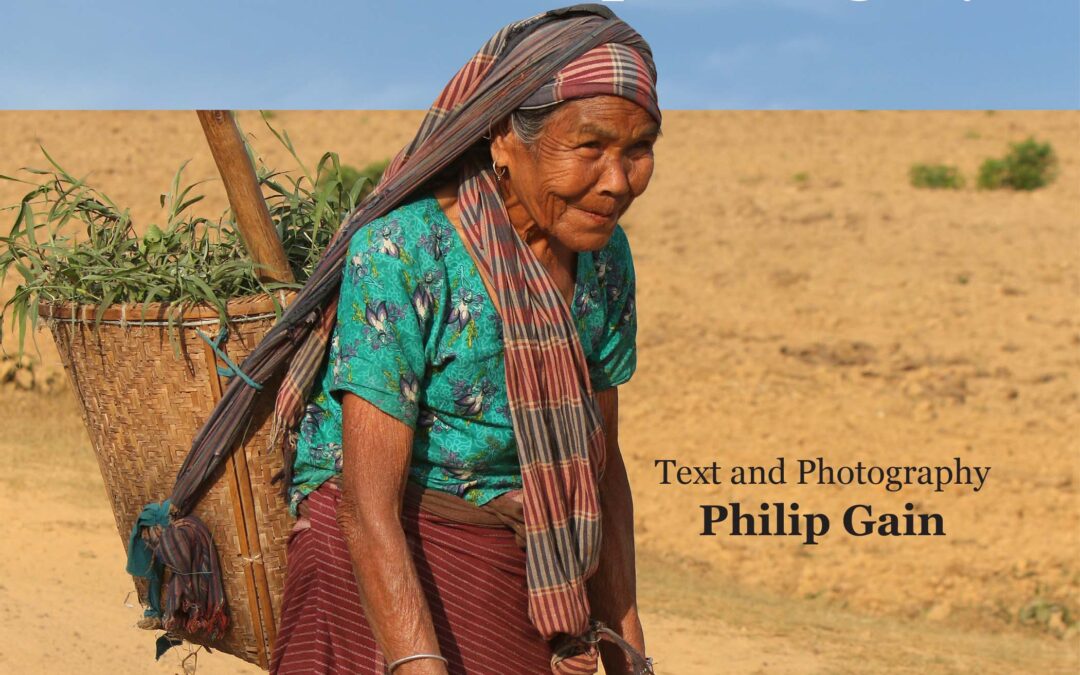Text and Photography by Philip Gain
Published by Society for Environment and Human Development
Published 2019, English, PBK, 160 page | Tk.500/US$10
Modhupur, one of 12 upazilas in Tangail district is well known for its sal forest and the Garo and Koch people. Modhupur sal forest, officially 45,565.18 acres in Tangail, was dense forest under the zamindari of Maharaj of Natore during the British rule. The Garos in particular were used to living in the deep jungle of Modhupur. But today Modhupur sal forest remains only in its name. The forest, along with its wildlife, has vanished in most part. Commercial scale banana, pineapple and spice plantations have crept on the forest land. Rubber plantation and social forestry, better say monoculture plantations, beginning in the mid-1980s were intended to do public good but in reality they have caused irreparable damage to the forest and environment.
To put the story of the Modhupur sal forest in right context, this book compiles findings of a baseline survey carried out in 2017-2018, reportage, features and photographs from early 1990s. The survey finds in 44 core forest villages show that the Garos, an exclusive people of the Modhupur sal forest from the Mughal times, constitutes 33.47% of the population by 2018. The most appalling of all that has happened with the end of the British colonial rule and end of the zamindari system is that the state has denied the people of the forest villages of their land rights. Now there is nothing more important for the people of the Modhupur forest villages to press for than for the right to land.

